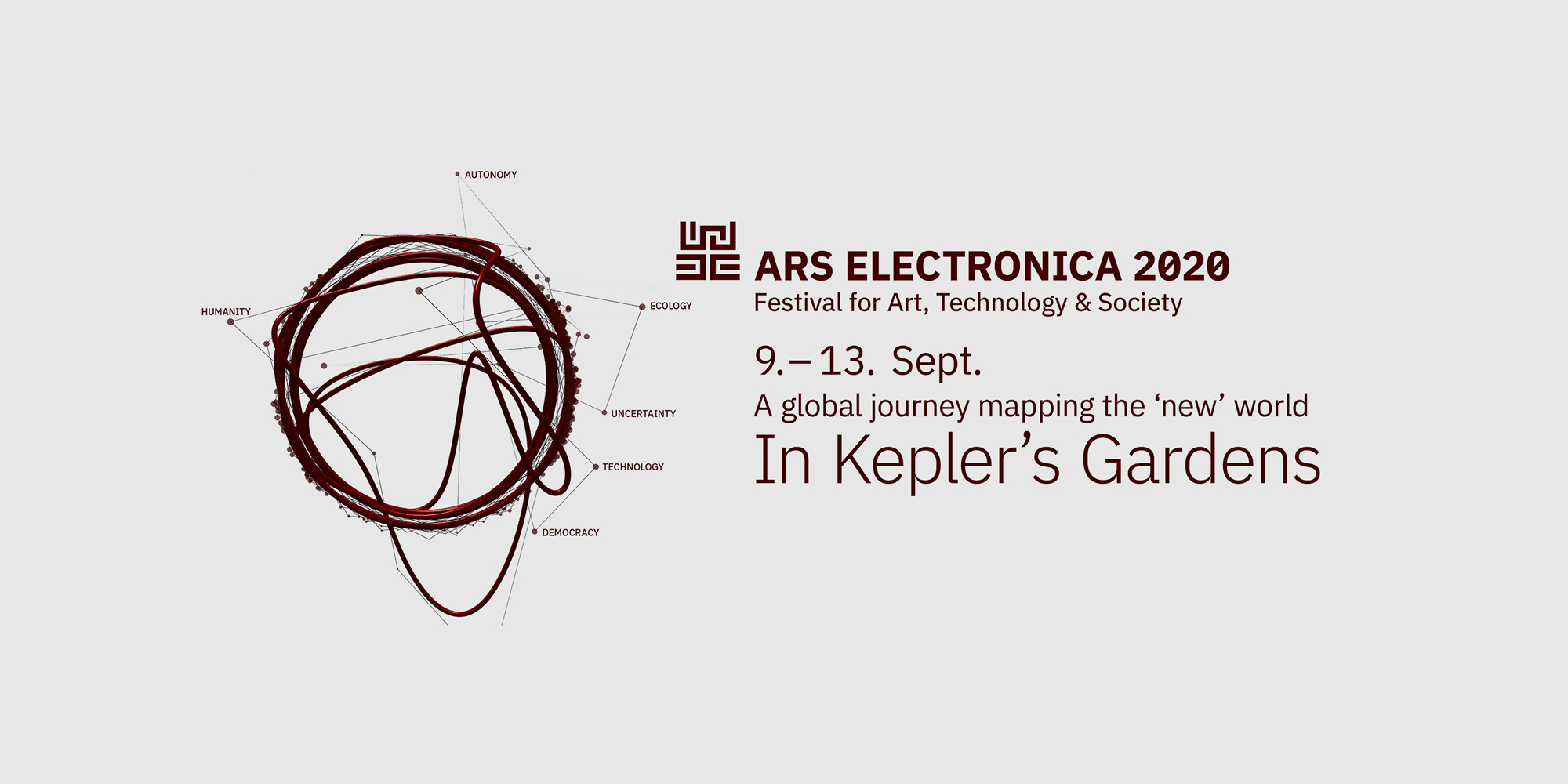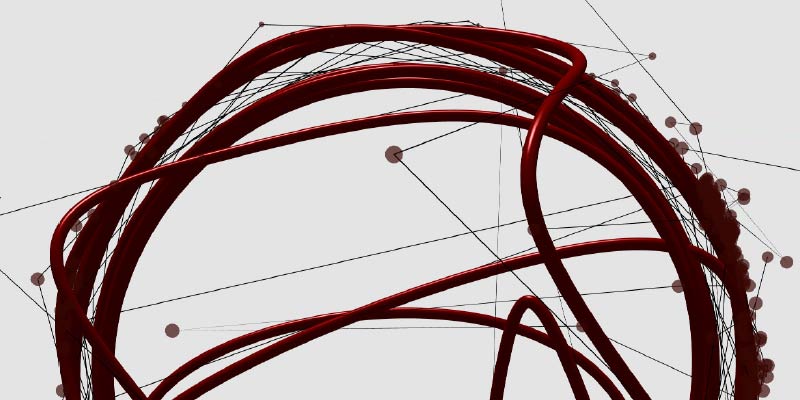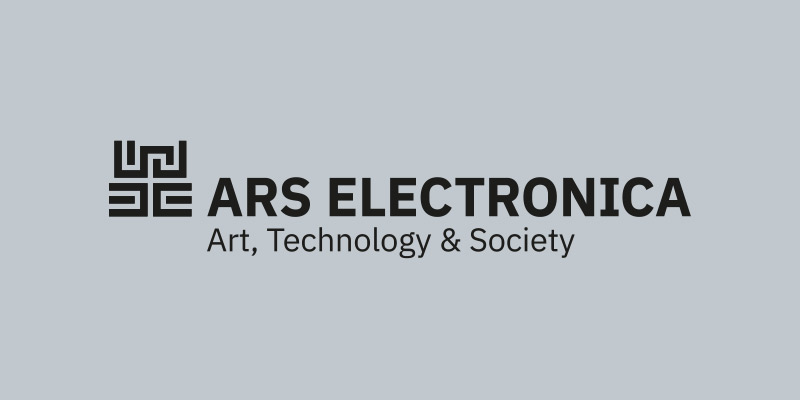Themes
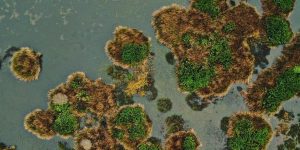
Ecosystem mutations. Wetland Removal.
An 8.5% of the surface area of Los Rios Region in southern Chile is made up of wetlands. Around the city of Valdivia, the presence of wetlands is particularly dense and some areas today are national monuments. A wetland is an ecosystem that is sometimes divided at the surface, but which constitutes a networked ecological continuum. Thus, to alter a part of the wetland is to modify the whole ecosystem. Promoting the convergence of different organizations, the Austral Garden program proposes an aerial route over the geography and natural environment where Universidad Austral de Chile is located. The purpose is that scientists and researchers can share their studies and reflections to spread the importance of wetlands, as well as showing the mutation of this natural eco-system.
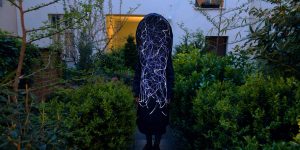
Artificial Intelligence and its False Lies
Mika Satomi (JP/AT)
In diesem Rundgang führt Sie Mika durch den Entstehungsprozess von Artificial Intelligence and its False Lies (dt.: Künstliche Intelligenz und ihre falschen Lügen), von den ersten Fragen, die sie hatte und wie eine zur nächsten führte, über die Befragung von Wissenschaftlern, bis hin zum eigenständigen Lernprozess zur Erstellung eines künstlichen neuronalen Netzwerks.
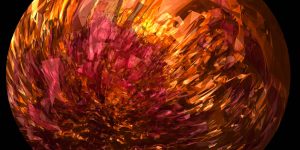
S+T+ARTS at UCA: Understanding complex data in COVID times + Fashion: Materialising Numbers
As a specialist arts institution, UCA is 100% creative. UCA students develop their skills and thinking in environments that replicate the studios found within the creative industries, alongside peers on courses spanning arts, business and technology.Oscar-winning film makers and animators, world-renowned fashion designers, television presenters and Turner-Prize nominees are just some of UCA's high-profile graduates who have enriched the world with their creative talents. Taught and guided by experienced, industry-connected academic staff, students reap the benefits of studying at the highest-ranked creative specialist in the UK.

Leonardo S+T+ARTS: A conversation on "What's next? Art-Science ideas emerging from lockdown."
Camille Baker (CA/UK), Danielle Siembieda (US), Aurelie Delater (FR) and Marie Albert (FR)
During lockdown, Leonardo and STARTS collaborated to exchange and reflect, together with their wider communities, on how COVID-19 is impacting Art-Science/Art-Technology innovation and co-creation.
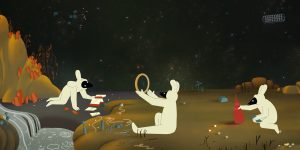
Solar Walk @ Deep Space 8K
Réka Bucsi
Solar Walk, von der ungarischen Animationskünstlerin Réka Bucsi, ist eine Symphonie zwischen Menschen, Tieren, Kreaturen und unbelebten und unbekannten Objekten.

COSA Connectors Live
Aren Davey, Everest Pipkin, shawné michaelain holloway
The three COSA Connectors will come together in a Livestream to talk about creative open-source software tools. They will discuss the series so far, talk about tools they would like to see created, and how they use the tools for their personal work. We will take questions from the viewers via the live-chat, including questions about using other tools and suggestions for future episodes.
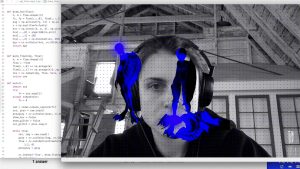
Electronic Theatre @ Deep Space 8K
Seit 1987 hat das Electronic Theatre eine große Zahl von Einreichungen aus aller Welt zusammengetragen, die einen aktuellen Überblick über die Animationskunst im Kontext von Technologie und Gesellschaft bieten. Es veranschaulicht eindrucksvoll die dynamische Entwicklung der künstlerischen Computeranimation in den letzten drei Jahrzehnten sowie das expansive Wachstum verschiedener Randgebiete.
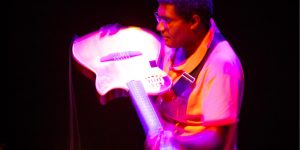
Gnawa Machine
Camel Zekri (FR), Marc Chemillier (FR)
Die Herausforderung von Gnawa Machine besteht darin, den Computer in einen bestimmten kulturellen Kontext zu integrieren, nämlich in den der Gnawa-Bruderschaft in Nordafrika, der Camel Zekri angehört.

Beyond Human Perception
María Castellanos & Alberto Valverde (ES)
Die Arbeit ist eine Videoinstallation, die es dem Publikum ermöglicht, die Reaktionen von Menschen und Pflanzen auf einen gemeinsamen Stimulus zu visualisieren: Live-Musik. Die Installation ist das Ergebnis mehrerer Sitzungen, in denen die Gehirnaktivität von Menschen gemeinsam mit elektrischen Schwingungen in Pflanzen gemessen wurde, wobei ein von den Künstlern entwickelter Sensor verwendet wurde.
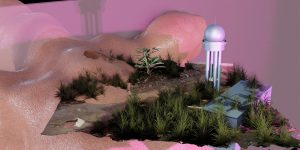
skip-the-line entrance
Daniel Hengst (DE)
In unvergesslichen visuellen Präsentationen erfahren Sie wie diese Künstler arbeiten und mit wem und was sie für nötig halten, um die alte Stadt zu verlassen und auf sumpfigem Boden eine neue zu bauen. Lassen Sie sich inspirieren und entdecken Sie bisher unsichtbare und nichtexistierende Attraktionen. Überspringen Sie die Warteschlange an diesem beliebten Ort.
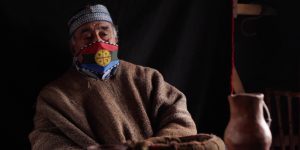
Local mutation imaginaries. Mapuche Culture Workshop.
As part of the celebration of the “Año Nuevo en el Sur” (Southern New Year), the Laboratory of Visual Anthropology of the Museological Direction, is conducting Workshops on Mapuche Culture taught by David Rain Canicura, peumatufe (the authority that guides the direction and decision-making of the community based on dreams) and nguillatufe (the authority responsible for the ceremony of Nguillatun). The proposal of the Mutations program is to generate a pre-recorded workshop that will allow the Mapuche imaginary about mutations to be better understood, as well as the experience of Mapuche communities in the current pandemic.
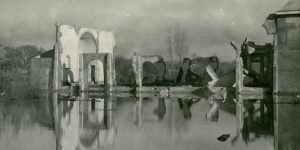
Telluric Mutations. The 1960 earthquake.
On May 22, 2020, 60 years since the largest seismic catastrophe ever recorded in the world was commemorated, a catastrophe whose epicenter was the city of Valdivia. The event had profound landscape, social, economic and cultural consequences for the affected cities and territories. The earthquake was a complex heritage where catastrophe and community resilience converge. The activity of the Austral Garden program is to share the series of initiatives prepared by the Museological Direction of Universidad Austral de Chile.
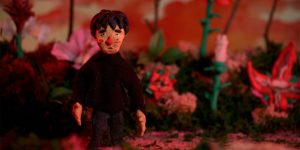
Prix Ars Electronica u19–create your world
Die diesjährige u19-Ausstellung lädt alle Gewinner*innen ein, Ideen und Projekte miteinander auszutauschen. Ihre „Homebase“ ist die physische Ausstellung der Projekte, wo sie diese anderen Künstler*innen und dem Publikum erläutern können. Sie lassen andere an ihren Talenten teilhaben und präsentieren dem Publikum des Ars Electronica Festival ihre Sicht auf mögliche Zukunftsszenarien.
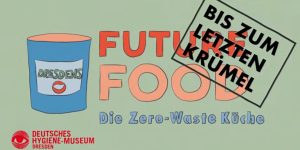
Dresden’s Future Food. Zero Waste Edition – To the Last Crumb
No idea what to do with old bread or the leaves of radish? In three short tutorials, learn how to prepare a delicious starter, main course and dessert by using seasonal and regional ingredients. Part of the Deutsche Hygiene-Museum’s digital “Future Food. What will we eat tomorrow?” program. In cooperation with Commerzbank Foundation.
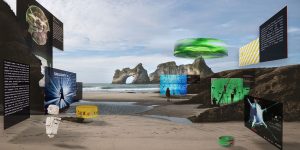
Aotearoa New Zealand Hub
The exhibition in Mozilla Hubs features 25 projects from New Zealand's technologists, artists and University researchers. visit www.ars.nz

COSA Connector Tour Part 3
shawné michaelain holloway (US)
Engage with the third of three playlists from our COSA Connectors, exploring open-source tools for artists. We have curated useful selections from across the internet of free software to help you express your creative side. The guided tours will focus on what the tool can do, what kinds of projects you might use it for, and quick tips and tricks for getting started.

COSA Connector Tour Part 2
Aren Davey (US)
Engage with the second of three playlists from our COSA Connectors, exploring open-source tools for artists. We have curated useful selections from across the internet of free software to help you express your creative side. The guided tours will focus on what the tool can do, what kinds of projects you might use it for, and quick tips and tricks for getting started.
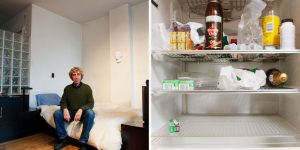
Virtual tour through the exhibition “Future Food. What will we eat tomorrow?”
Visitors can virtually explore the special exhibition Future Food. What will we eat tomorrow? that is held at the Deutsche Hygiene-Museum Dresden from May 2020 to Feb 2021. The exhibition takes up on one of the most urgent questions of the 21st century: how can we create the future of food facing the global challenges?
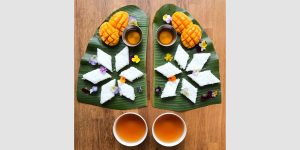
How do regional food systems work?
In times of multiple crises, the issue of food security is vividly debated. The panel discussion addresses opportunities and challenges of regional food production and supply with a focus on Dresden, Saxony.
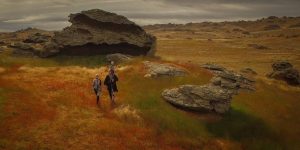
WAHAWAEWAO
Gibson / Martelli (UK), Carol Brown (NZ) and Russell Scoones (NZ)
Movement and landscape in flux, five figures wander across the landscape of Central Otago. Between the rocks and crevices, they move. In this moving image installation, we explore our persistent longing for belonging in an age of virtual travel. Filmed in the raw physical landscapes of Central Otago and the Motion Capture Studio of CoLab AUT in Auckland, we map between radically different scapes.
